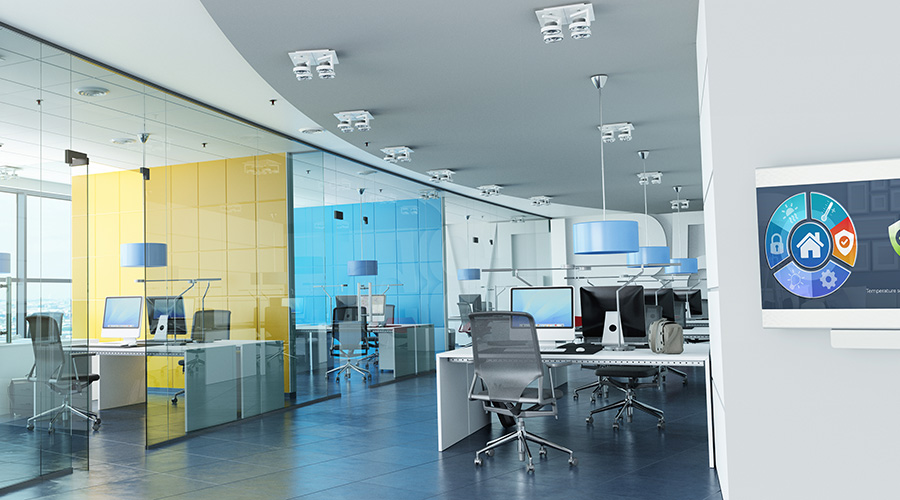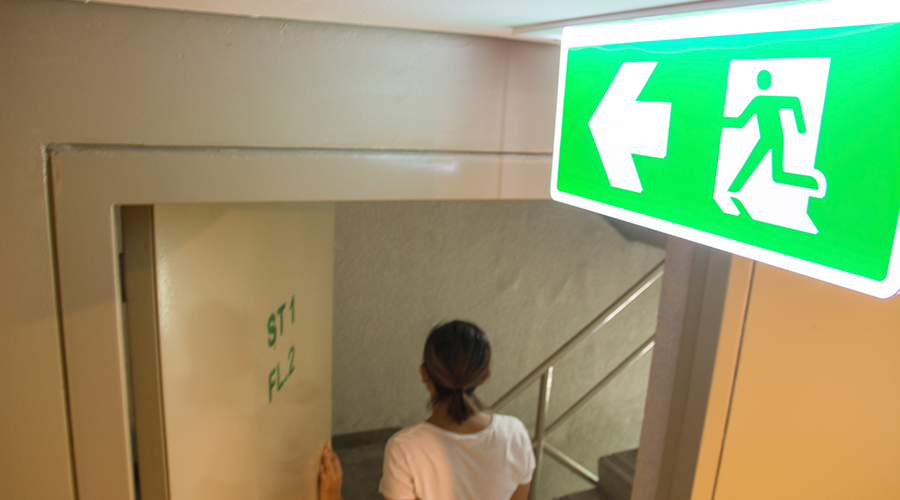LED Specification Strategies
Acknowledging that cost is a driver for every project, how do managers know when the additional expenditure for an LED product is worth it? Is the first cost the primary consideration, or do energy savings, the cost of maintenance over time, and greater controls flexibility add to the value of an LED system? The way each manager models this cost will determine the potential benefits of an LED system to a given facility.
Comparing LED products among manufacturers is challenging because manufacturers do not have a uniform way of describing their products' performance on their cut sheets. Some manufacturers provide partial photometric files. They can include various types of information, including lamp lumens, fixture lumens, fixture efficacy, distribution pattern, and wattage.
Invariably, the two products a manager wants to compare will not have the same information, so the only way to compare them on paper is to review their complete photometric file. But even with this comparative information in hand, managers can judge other performance characteristics only by seeing the actual fixture. For instance, does a fixture flicker when it dims? Reviews of many so-called dimmable fixtures revealed that some flicker noticeably at the low end of the dimming range.
To compare products' color quality — color temperature and color rendering index (CRI) — managers also need to view the units in question. Two fixtures with the same CRI and color temperature can have vastly different color appearances when they are LEDs. This is not true of traditional sources, which are relatively predictable with these two numbers. Overall, managers can clearly observe the glare control of fixture optics but cannot determine them from information on a cut sheet.
It is critical to the success of a retrofit that the LED, control hardware and software are compatible. Specifying three manufacturers for the LED and three manufacturers for the controls can be a recipe for disaster. The compatibility is so specific that it is better to write a specification around specific products.
Rather than waiting until bid day, managers should go through a pricing exercise early in the design process to identify the products that are the best fit for the project and write a comprehensive specification for fixtures and controls around one group of products.
This strategy is a change in the way the lighting profession traditionally does business, and it requires trust and commitment from all involved parties. It will not be easy, but it will provide the best solution. The process should be a team effort led by a lighting design professional who can bring knowledge of a range of products and help direct managers to the most appropriate products for a particular retrofit project.
Denise Fong IALD, LEED AP, is principal of Candela, a lighting consulting and design firm with offices in Seattle and San Diego. She has more than 25 years of developing
award-winning lighting designs in the built environment.
Related Topics:














